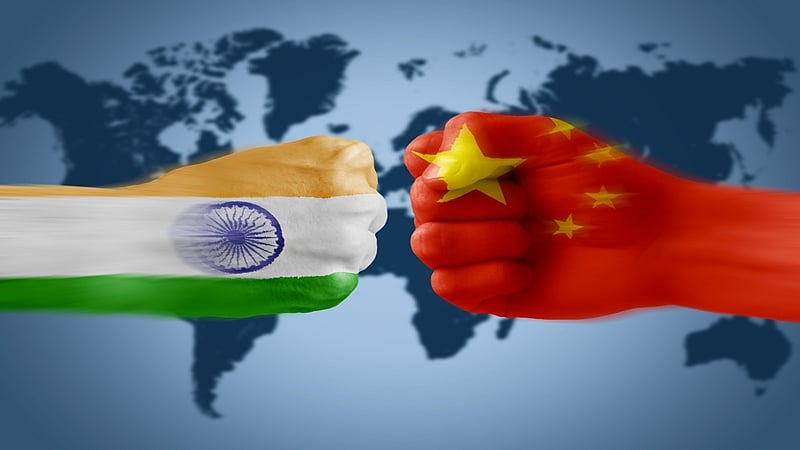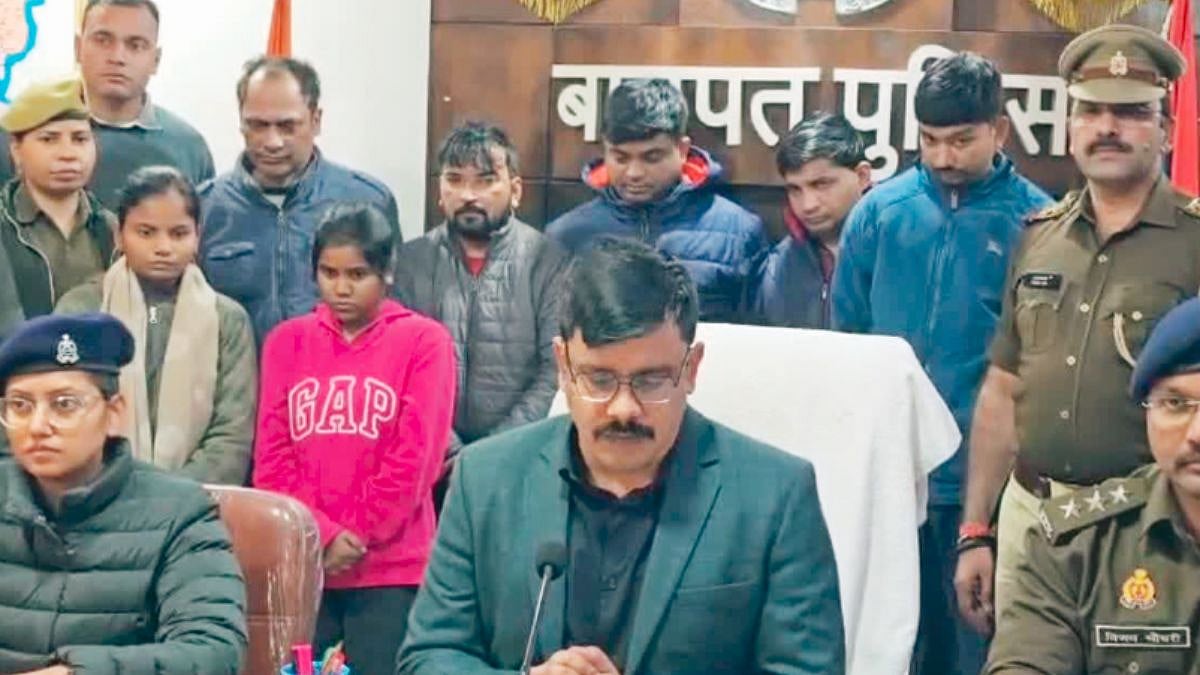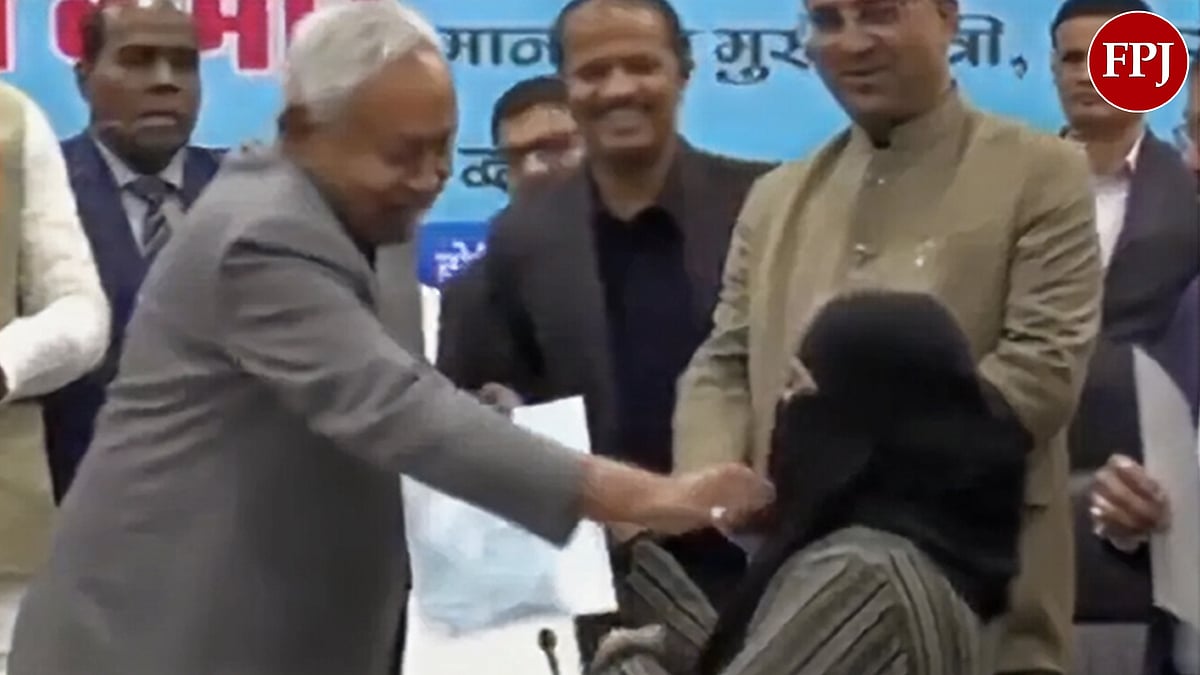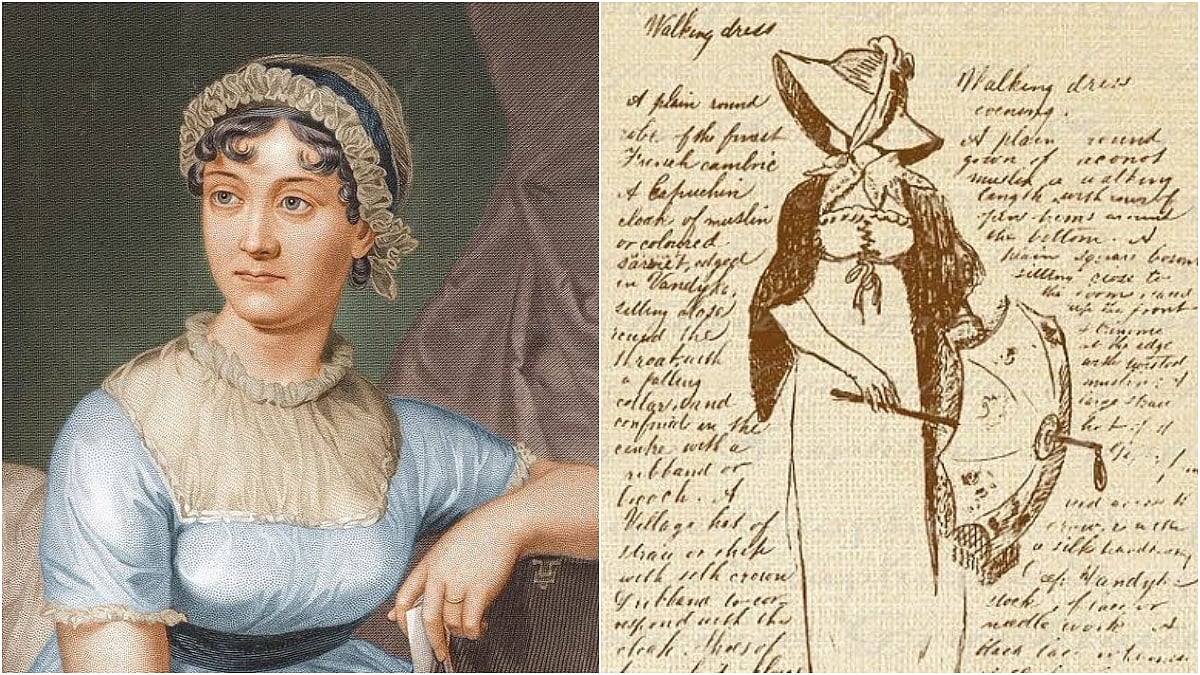Now that we have proven to the world that we have the spunk to stand up to any bully in the region – even though China may not be feeling exactly spooked by our preemptive military action – maybe we need to relook at the Doklam standoff. To begin with, does our political and military leadership have an exit strategy that would enable us to disengage with the Chinese without a loss of face? Simply put: We knew how to get in but how do we get out? Ideally, we should have figured out the escape route before getting into the military cul-de-sac.
Or are we ready for a game of strategic patience with the Chinese – a protracted standoff, that could drag on for months, if not years? A game of brinkmanship at which they are past masters! Especially since both sides are neither inclined to stage a tactical retreat, nor are they itching to be drawn into an open ended conflict. This is not a war game with well defined and clearly attainable strategic objectives. Because we are not in Doklam to reclaim or liberate any territorial space; nor can we hope to redefine the Tri-junction point; at best, we can defend the status quo and fortify our position around that.
By Minister Sushma Swaraj’s own admission, this is not the first transgression by the incorrigible Chinese in an area that is any cartographer’ nightmare; nor would it be the last. There is a method to the madness – it is implicit in the Chinese attempts to disturb the status quo in well executed tasks over a period of time; but there is no guarantee that our action will lead to cessation of all activity, even if we retrace our steps.
Even Army chief General Bipin Rawat, who is confident of fighting a war on two and a half front, possibly could not be keen on calling Beijing’s bluff, precipitating matters and spurring China into taking preemptive action in other sectors. For that matter there is no guarantee that while we are locked eyeball to eyeball in Doklam, they will not try to engage us elsewhere – in areas they have an advantage of height and terrain, superior firepower and logistics. In fact, the Chinese will be least interested in engaging us in Doklam owing to the aerial advantage that Sikkim gives us: perched on the lowly plateau, they are almost sitting ducks for our brigades.
Also, not many of us believe the media fantasy that the road that the Chinese had intended to construct would have within days brought the PLA knocking at our doorstep at Chicken’s Neck. To be able to do that, the Chinese forces would first have to plough through an Indian firewall in a lethal mountainous and jungle terrain.
Also, crawling at a snail’s pace, trying to squeeze through the eye of the needle in Chumbi valley, with their logistics and supplies exposed to carpet bombing from both flanks, the Chinese may as well sleep walk into a death trap, as we did in 1962.
Our action in Doklam was preemptive and rested on the assumption that the Chinese were inching closer to the tri-junction point, the apprehension being that the last lap of the road they were widening – once complete – would bring them within striking distance of the Bhutanese army camp at Zompiri – the ridge that overlooks India’s vulnerable Siliguri corridor. Also, there was a buzz that once complete it will be a Class 40 road that can take the weight of light battle tanks, artillery guns and the like. However, now that the haze at Doklam is beginning to clear it is apparent that the Chinese had not even begun the work of road extension, though excavators and earth movers were in place; nor is the existing Chinese track, which connects PLA outposts, anywhere close to the C40 category surface; It is barely motorable.
One wishes before we scrambled our forces to thwart the road construction in a piece of land under China’s effective control, Minister Swaraj had pushed for a diplomatic solution with all her resolve and charm. We have several mechanisms, including border representatives and continuous back channel chatter, but perhaps we did not try hard enough as our new hawkish non-nonsense muscular foreign policy came into play. But even hawks are expected to factor in the risk and costs of stepping on the tail of the dragon; and they possibly can’t keep sitting on the tail in perpetuity.
Ironically, India and China don’t even have a military hotline – the kind we have with Pakistan – despite frequent border skirmishes. So that each time there is a flare up we have to either pray that the Chinese premier has a chat with PM Modi on the sidelines of a multilateral event, or hope for a breakthrough when the NSAs go into a huddle, or wait endlessly for the next round of strategic parleys.
With China still huffing and puffing, one sincerely hopes that the political leadership will soon have a face saver for both sides: ideally something more ingenious than PM Modi asking Donald Trump to lean on the Chinese. So that the deadly brinkmanship does not spiral into a military misadventure.
Arguably one’s country is always right and never wrong. Nonetheless, our military action must be tenable in international law and the maxim that applies is one of “intervention upon invitation.’’ This is not to doubt the mutual understanding between India and Bhutan in matters that impinge on national security, but merely to underscore that an explicit request to intervene reinforces our stand under the arc lights of international law. But even if there is no formal request but just a tacit understanding, we might still be getting into a legal penumbra since the legitimacy of the Bhutanese government – the ‘inviting’ authority – is also in question in the ‘disputed’ Doklam plateau, a part of which is for all intents and purposes under effective Chinese control.
Because, if our action is incompatible with international law, it may set a whole host of bad precedents that could nag us at some point in future; or ignite a chain of events which could boomerang on us in other sectors. Bhutan did issue a demarche to the Chinese through its embassy in New Delhi but merely harped on the need to maintain the status quo. Curiously, they have maintained a studious silence thereafter.
If the objective was to drill it into the Chinese and our immediate neighbours that we just don’t have a mawkish brotherly concern for Bhutan — rather we are determined to go the extra mile to keep it tied to our apron strings – then surely the message has gone home.
Hopefully, postage stamp sized Bhutan too has got the message since they have allowed the dragon to nibble away at their territory over the years and not kept India exactly in the loop on their border parleys with Beijing. They have also got on our frayed nerves by occasionally playing footsie with the Chinese, leaving us with little choice but to fret in private; only this time we allowed the paranoid about Doklam being gobbled up by the Chinese to get the better of us; perhaps unwittingly we also allowed the Bhutanese to prod us into a game of blind man’s bluff.
As against the alacrity with which we have rushed into the Doklam standoff, another BJP Prime Minister – Atal Bihari Vajpayee – had dissuaded the Army from crossing the LOC during the Kargil stand off, even though Pakistan had brazenly captured strategic heights on our side of the border! General (retd.) V P Malik, who was then the Army chief, was “very unhappy” when Vajpayee asked him to “let go of Pakistan’’ but in retrospect, it turned out to be the right decision.
In Doklam, as Shyam Saran, former foreign secretary, has pointed out elsewhere, this was the “first time that Indian forces have engaged China from the soil of a third country.” Now, let us see how General Rawat, who is better known for his war rhetoric against Pakistan, executes the delicate Doklam manoeuvre; for that he will need all the skills of a Houdini.
The author is a former editor of The Free Press Journal.









